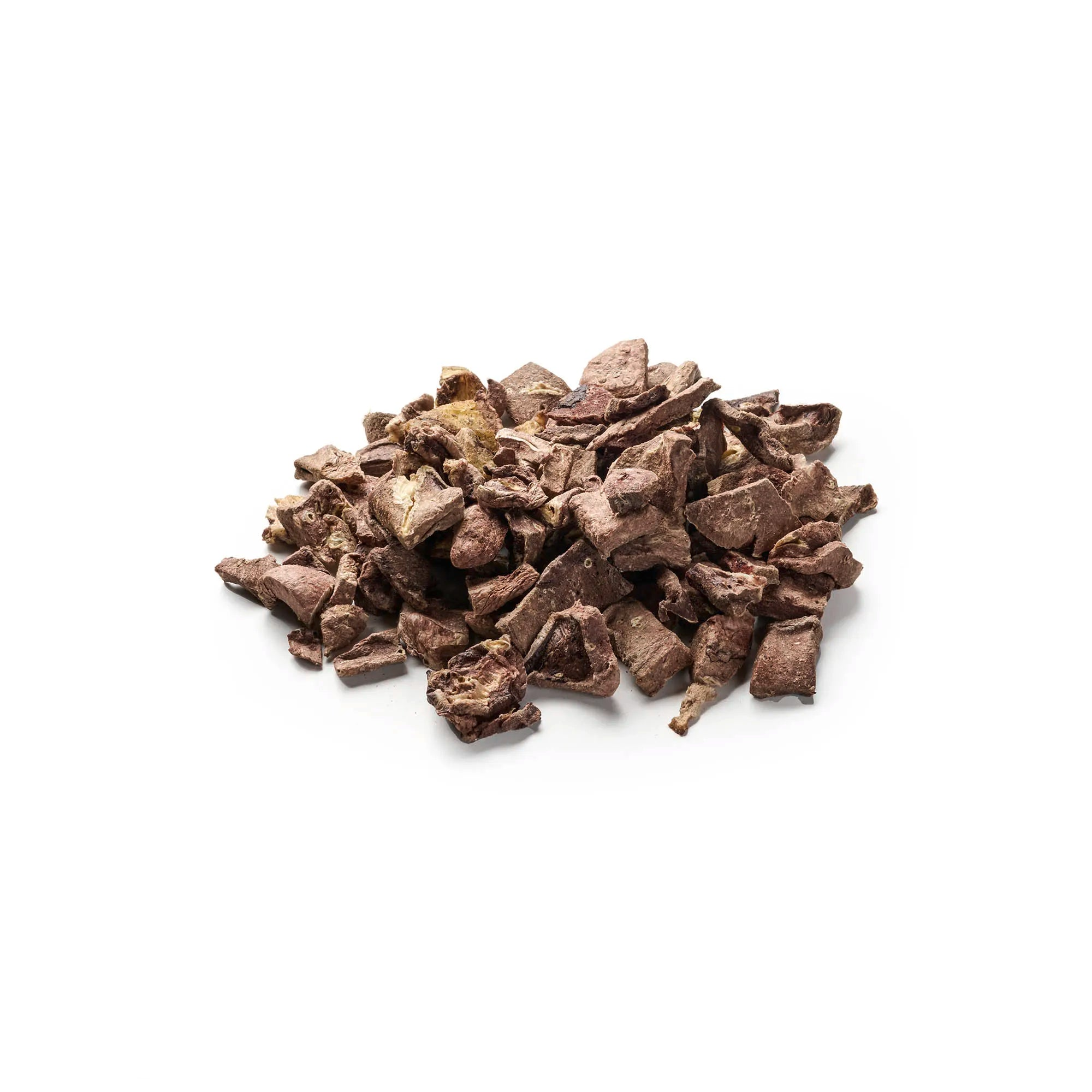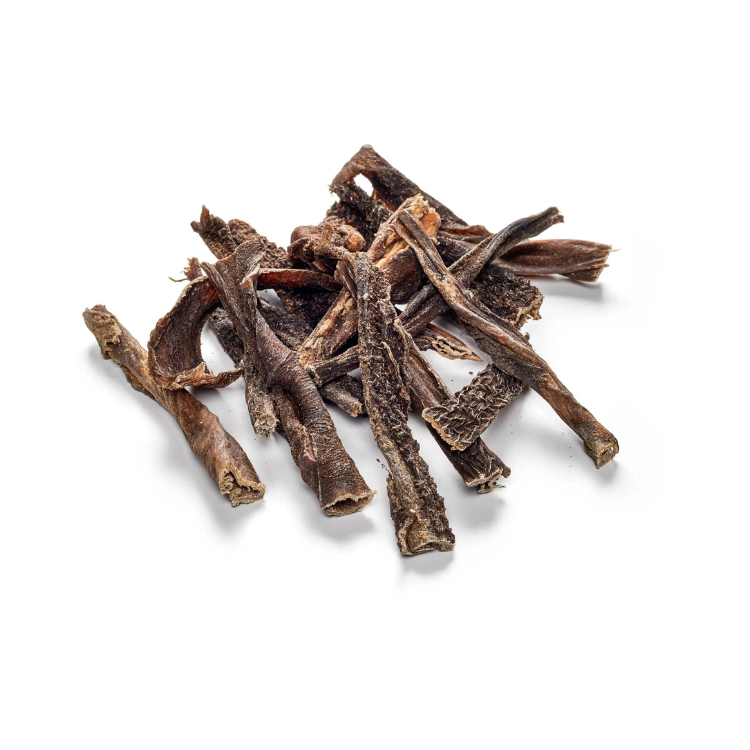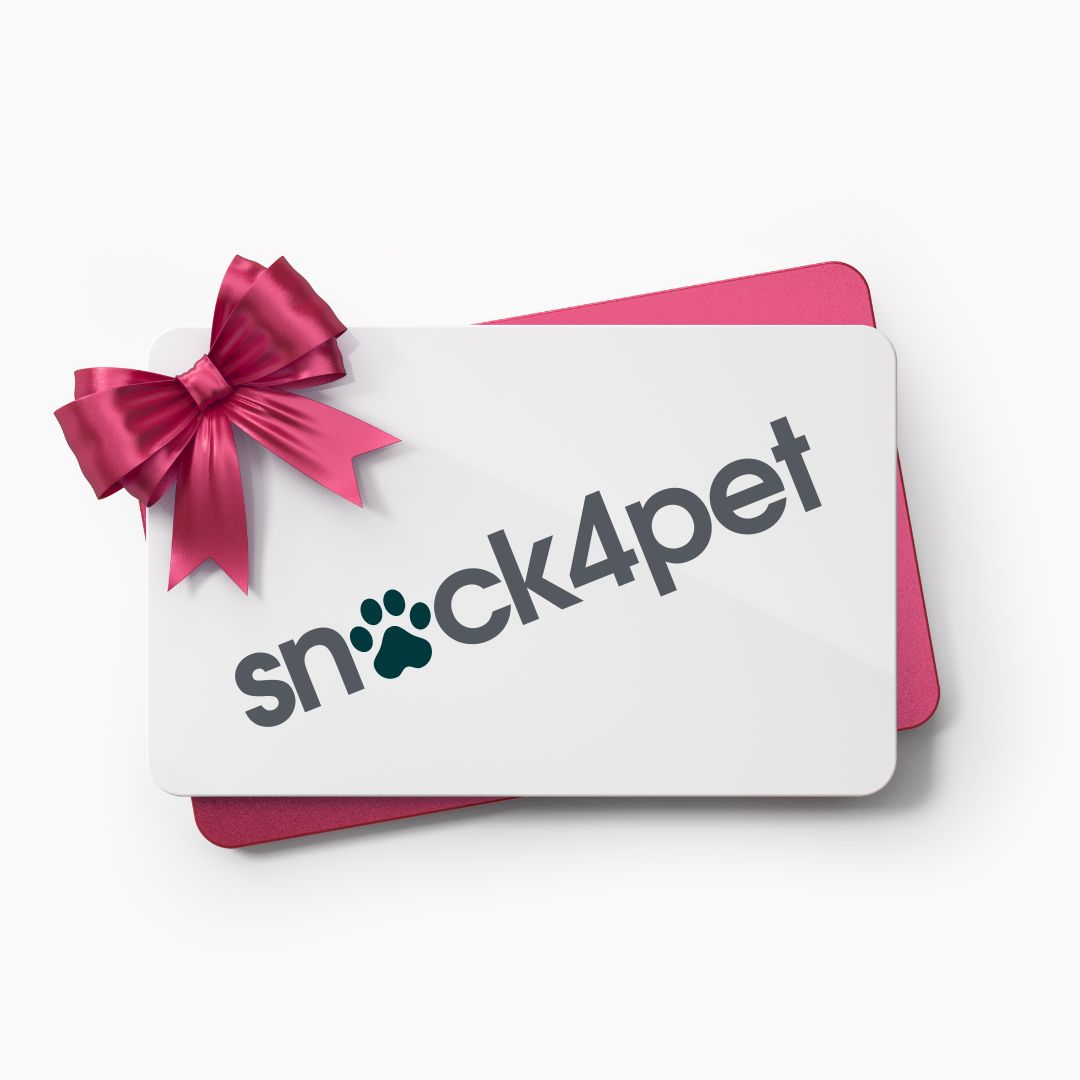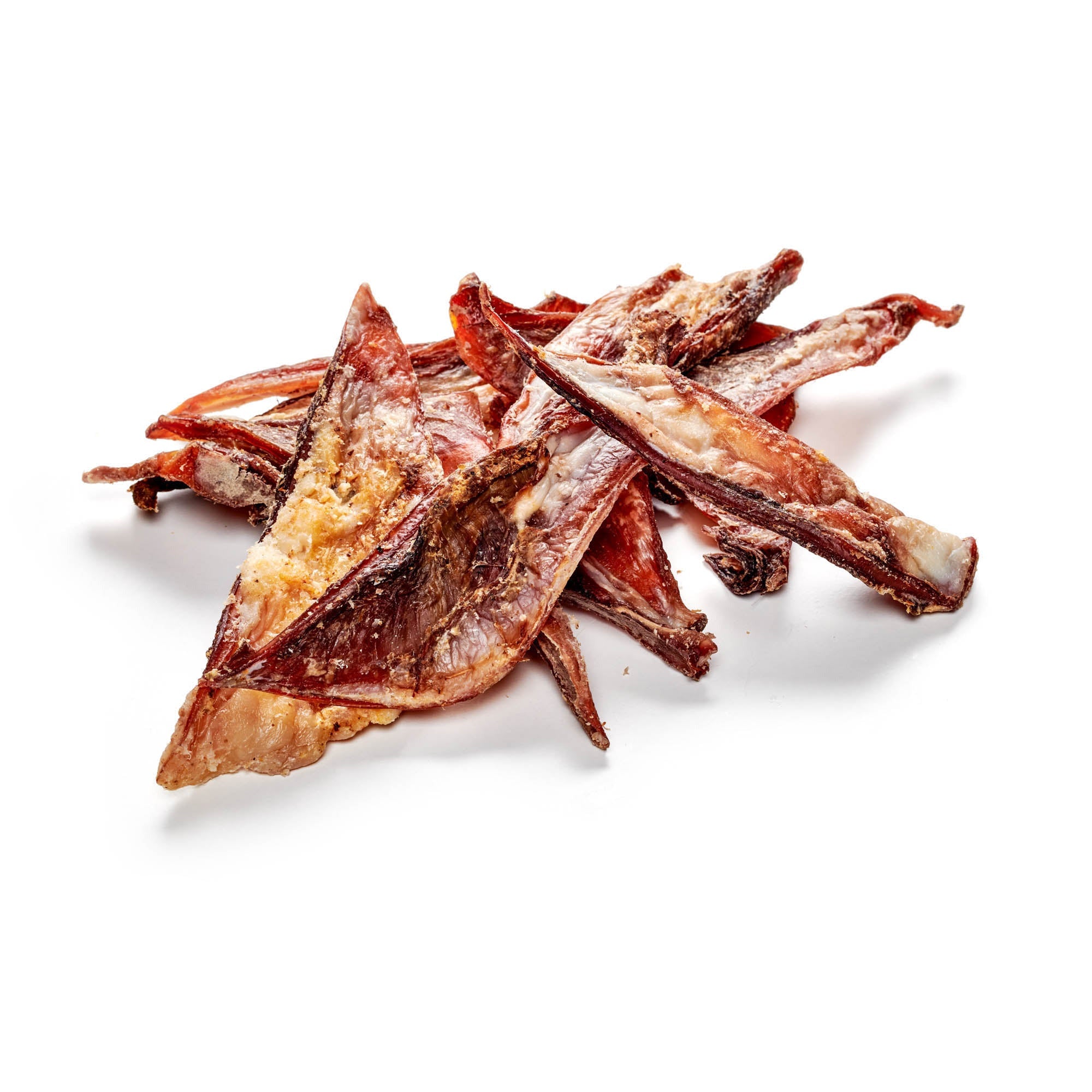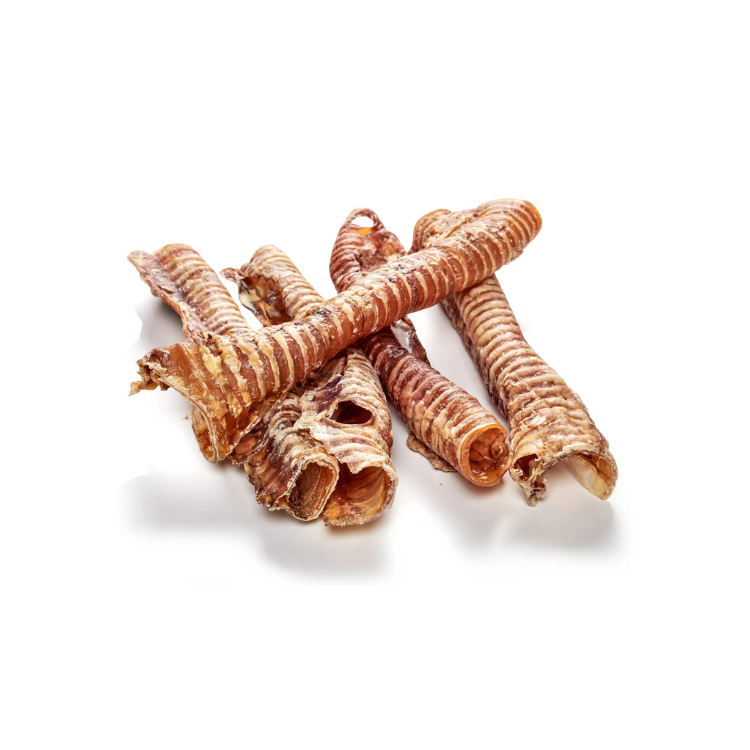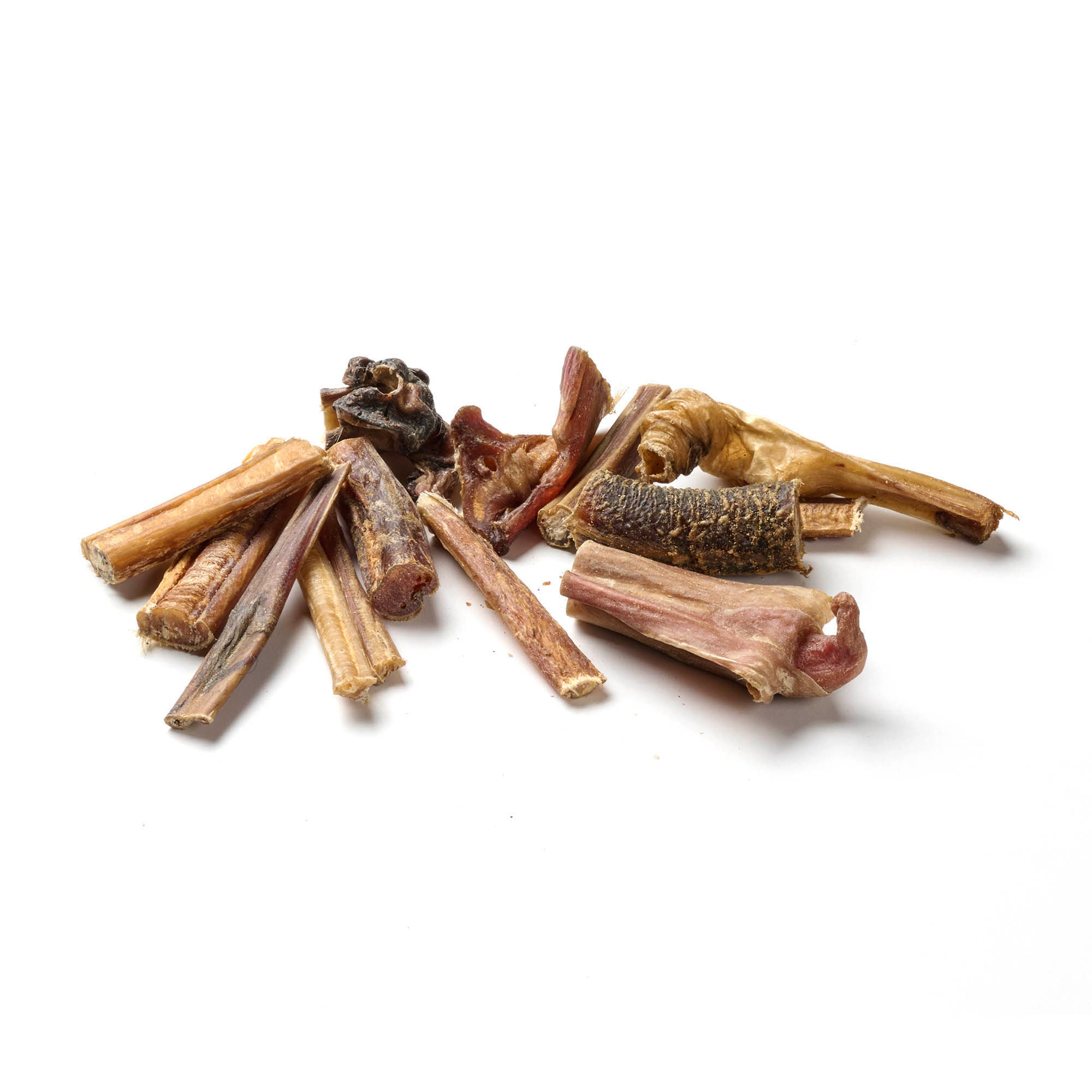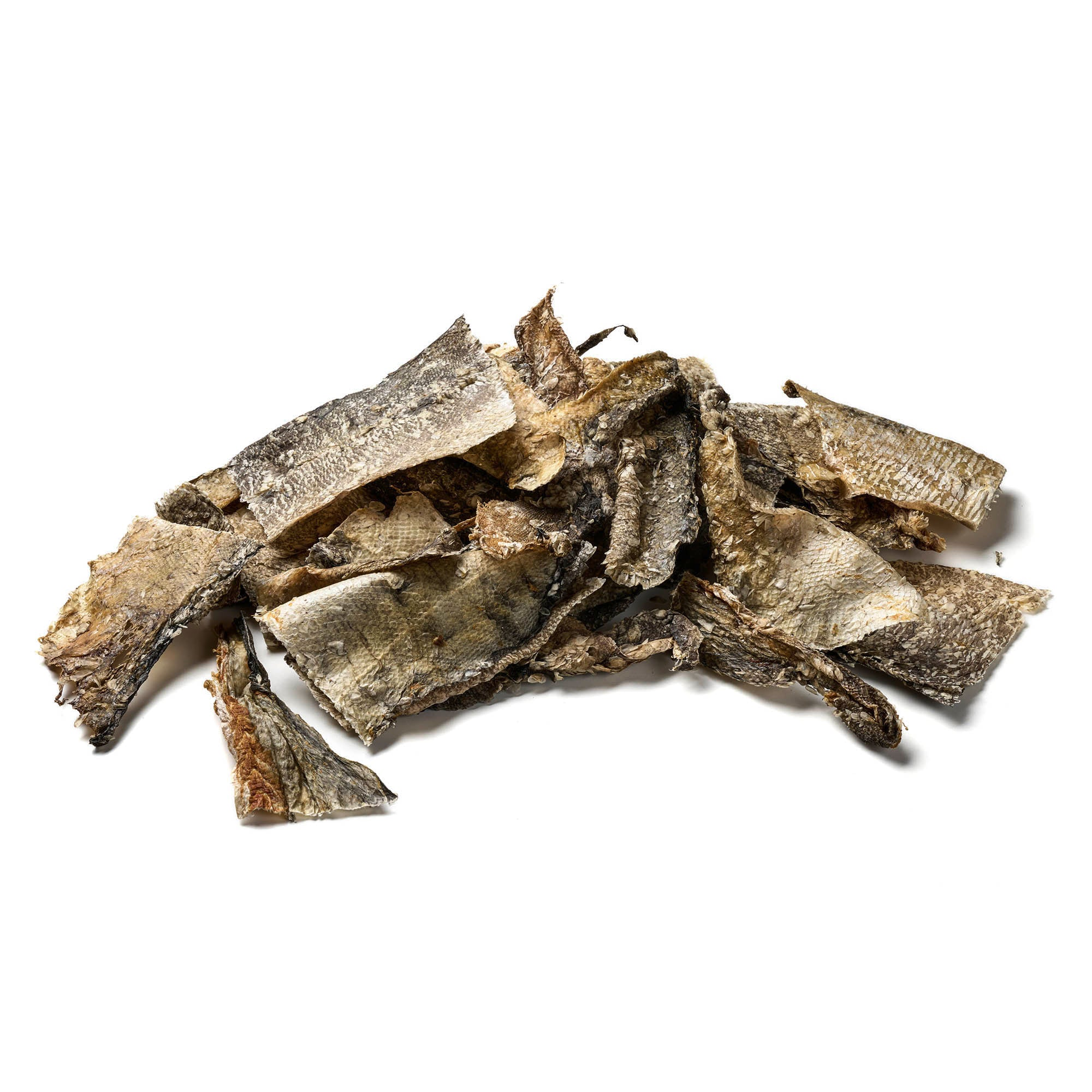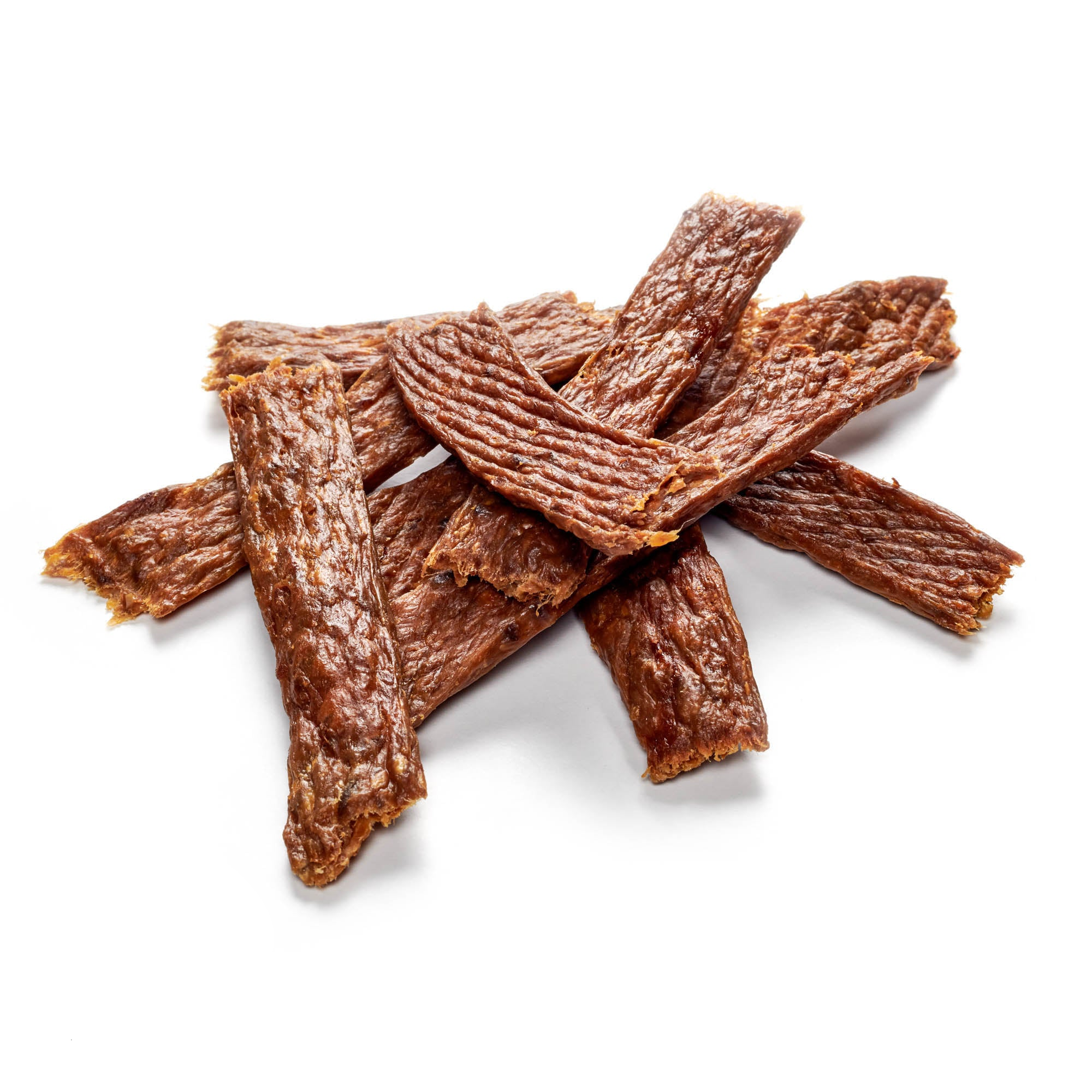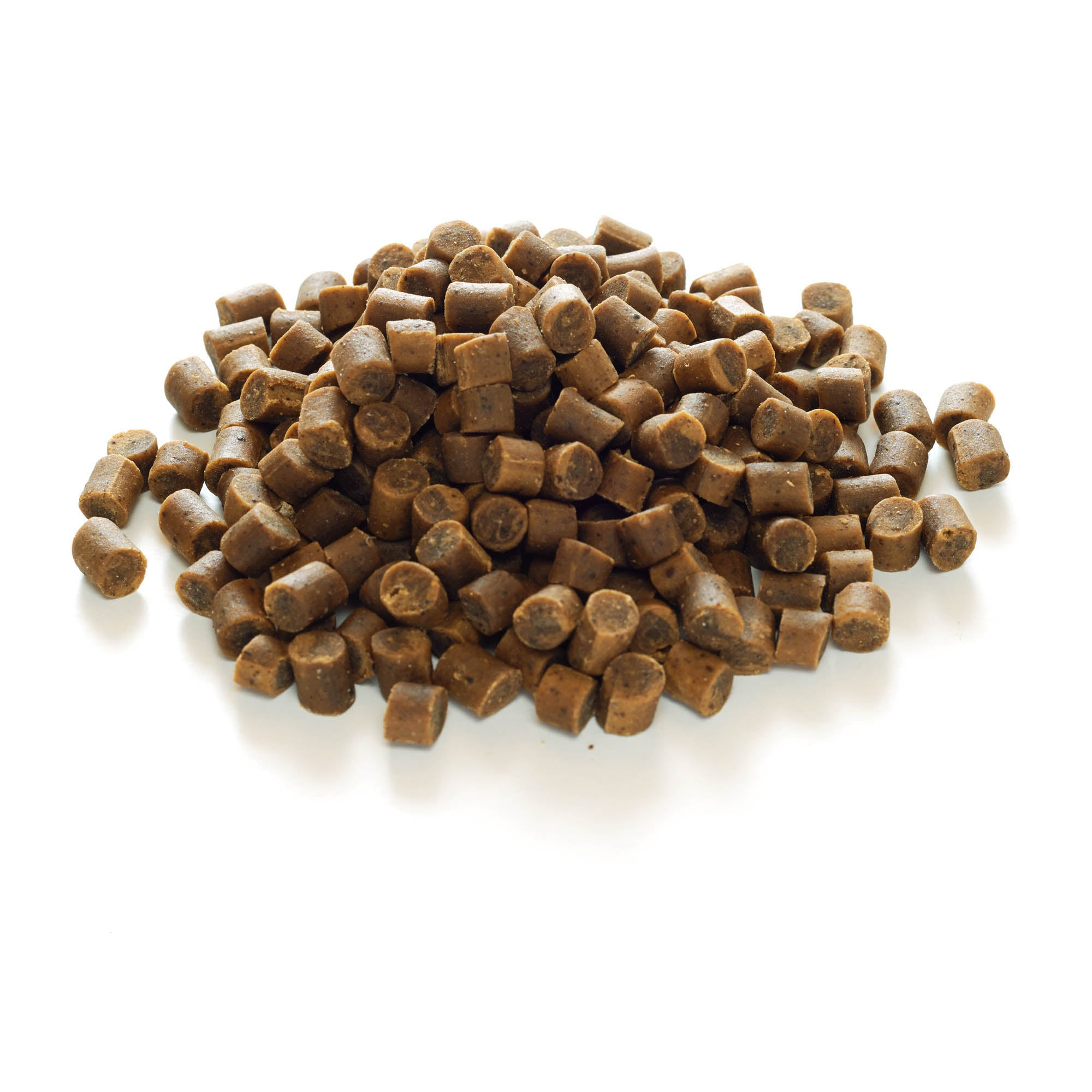
Large Münsterländer
Share
The Large Munsterländer is a child-friendly and loyal dog that is also described as lively, easy to train and docile. They need mental challenges and plenty of daily exercise, otherwise they can display destructive behavior. This dog is more suitable for experienced dog owners.
Contents: Large Münsterländer
- profile
- Special features
- Nutrition
- Health and care
- Origin & History
- The right accessories
- Conclusion
Reward your best friend with our dog treats!
Large Munsterlander - Profile
- Character: intelligent, friendly, versatile
- Size: Large
- Height: 60-65cm
- Weight: 25-29 kg
- Life expectancy: 12-13 years
- Coat type: Long, dense
- Color: White, Black
- FCI Group: Pointing Dogs
Large Munsterlander - Special characteristics
The Large Munsterlander is characterized by its muscular stature and noble, intelligent appearance. According to the breed standard, the body length should only slightly exceed the height at the withers, with males reaching a height of 60 to 65 centimeters and females being slightly smaller. Their dense, long coat is black and white patterned, neither sticking out nor curly, which benefits them when hunting . This breed is known for its high intelligence and good trainability, which makes it easy to train and obey, especially if it starts at puppy age. The Large Munsterlander is a reliable hunter, who excels especially at retrieving killed game. They are lively but rarely nervous and rarely show fearfulness or aggression. They are generally good family dogs who get on well with children. Although they are willing to work and alert, they can occasionally be dominant. Nevertheless, they are even-tempered and happy when given enough exercise and mental challenge.
Large Munsterlander - What should be considered regarding nutrition?
Your Large Munsterlander's food should contain a balanced mix of all nutrient groups, and fresh water should be available at all times. It is advisable to regularly monitor your dog's body condition to ensure that he remains healthy. As a general rule, it is recommended to feed Large Munsterlanders two or even more times a day, paying attention to the food 's specific feeding recommendations. These dogs often have a strong appetite and tend to overeat. It is important to make sure that they do not eat too much at once, as they are prone to bloat and stomach problems, including the risk of gastric torsion. It should be noted that the nutritional needs of each dog are individual and depend on factors such as age, weight, nutritional status, activity level, breeding use, health status, allergies and life stages. This is especially important for puppies and young dogs, as a diet tailored to their needs can reduce the risk of growth disorders, which is of great importance for these working dogs.
High quality dog snacks to pamper your dog, now available!
Large Munsterlander - Health and Care
The Large Munsterlander requires intensive care compared to other hunting dogs. This already starts with its high need for exercise and exercise. Therefore, keeping it in a kennel is completely unsuitable and it is recommended to have a house with a large garden. This dog is not suitable for city life. The dog's dense coat should ideally be brushed or combed daily. It is important to check the coat regularly for injuries or ticks , especially if the dog is used for hunting. The Large Munsterlander's coat can also lead to ear problems as it hinders ventilation of the ears and promotes the formation of ear wax. This can lead to inflammation and itching. Overall, however, this breed is not particularly prone to health problems. In addition to sufficient mental stimulation, the Large Munsterlander needs several hours of exercise every day to be a happy and balanced dog. This is especially important to prevent unwanted hunting behavior. The dog can be taken jogging and hiking well, but should always be kept on a longer leash and its training should be solid. These dogs are real hunting dogs and love all weather conditions, so you should be prepared for dirt and mud.
Large Munsterlander - Origin & History
The history of the Large Munsterlander dates back to the Middle Ages and is closely linked to various hunting dog types, including the hawk, bird dog, flushing dog and quail dog. Although these dogs were portrayed by Dutch painters as early as the 16th and 17th centuries, the targeted breeding of this breed did not begin until the late 19th century. The Large Munsterlander belongs to the German pointing dog family and is closely related to the Small Munsterlander and the German Longhaired Pointer. In 1919, the Association for the Pure Breeding of the Long-Haired Black and White Munsterland Pointer was founded, focusing on breeding black and white dogs. These had previously been excluded from the German Longhaired Pointer Association. The name "Large Munsterlander" refers to the Münster region of Westphalia and the Münsterland, as these dogs were widespread in Westphalia and Lower Saxony and valued by hunters for small game hunting. However, the breed did not receive an official breeding standard until 1936.
Large Munsterlander - The right accessories
Large Munsterlanders make excellent hunting dogs and thrive in a variety of environments such as fields, water and the woods. However, they can also live in a family environment provided they are given enough exercise and activity. These dogs love water and should be kept safe when running freely off the leash. They are ideal for active people and enjoy games and work. Agility sports are a great way to use their energy both physically and mentally. Suitable toys modelled on hunting activities can keep them entertained for hours.
Conclusion
The Large Munsterlander is a versatile breed of dog that is suitable both as a hunting dog and as a family dog. They need a lot of exercise and mental challenges to be happy. With their thick coat, they require regular grooming and are not suitable for city living. Their friendly and hard-working nature makes them wonderful companions for active people.
Discover delicious dog snacks directly from our range!

